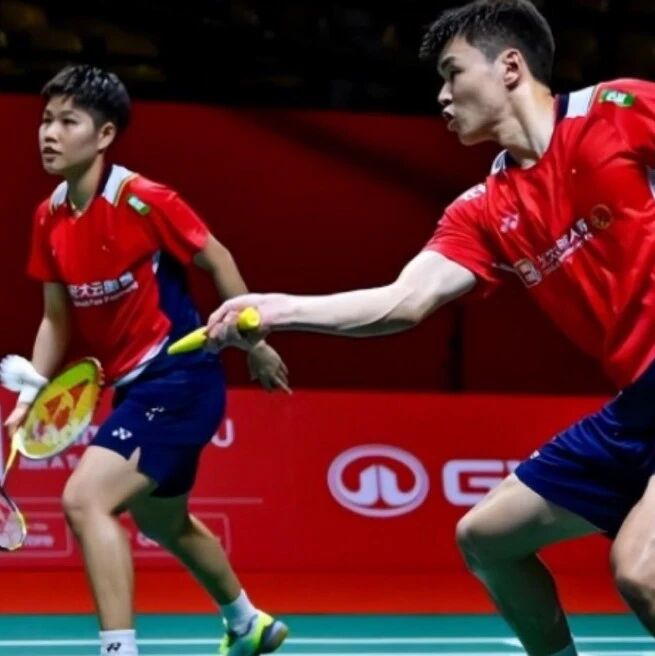Mastering the drop shot technique may be the dream of many badminton enthusiasts!
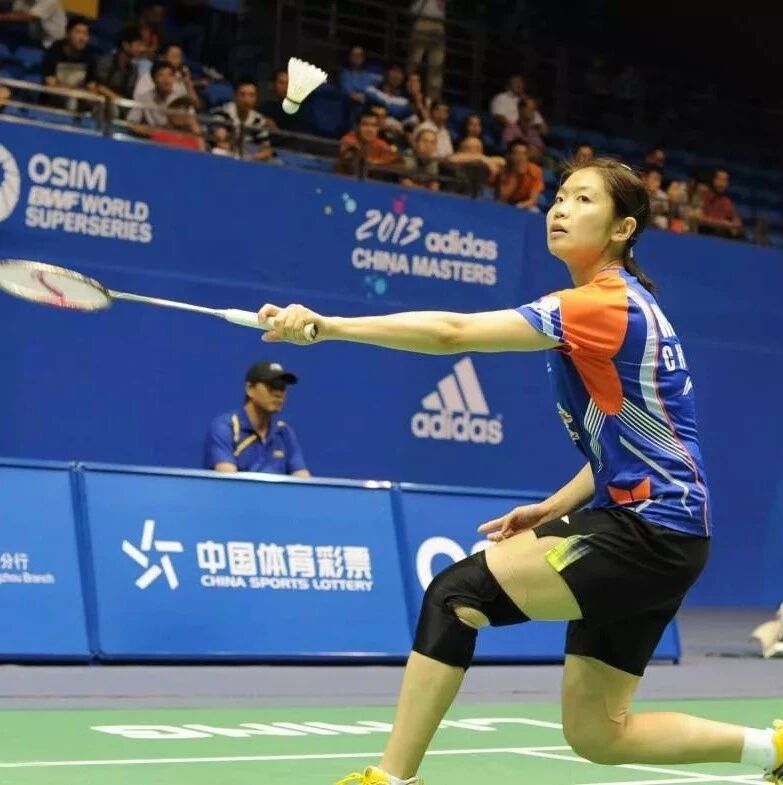
The smash is characterized by its powerful force and high speed, making it a crucial offensive weapon for scoring—both in singles and doubles. Not only is the smash highly threatening, but it’s also incredibly stylish! Yes, stylish! But at the same time, mastering the smash is one of the more challenging techniques in tennis, as perfecting it demands a high level of overall technical and physical fitness. This can be daunting for many players, often keeping them from even attempting it.
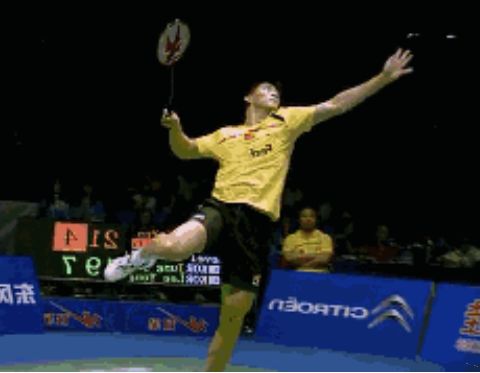
Actually, there are several types of smash techniques— it’s not always about leaping high like "Super Dan" and powerfully slamming the shuttlecock straight down onto the court. In fact, there are other smash options available, which can better suit players with varying skill levels. Below, we’ll introduce some of the most commonly used smash techniques.
1. Side-Spinning Kill Shot from Stationary Position (Easiest to Learn)
The smash technique is very similar to the high-clear shot, built on a solid foundation of mastering the high-clear technique—and it can also be seen as an enhanced version of the downward-pressing motion. The high-clear motion combined with the downward pressing hand movement forms the stationary side-smash technique.
When initiating the backswing, shift your body's center of gravity from your left foot to your right foot, while lifting your right elbow upward and keeping your right arm close to the racket. As you raise your elbow, let the motion naturally extend backward. After lifting, position your upper arm near your right ear, with your elbow pointing toward the intended impact point, and keep both eyes focused on the incoming ball.
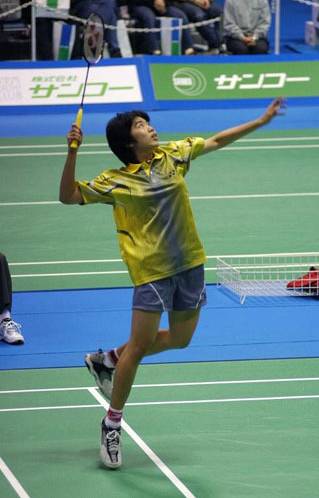
Frame shot

Tear-off shot
When hitting the ball, press your wrist forward and downward, with the point of contact positioned slightly above and in front of your right shoulder.
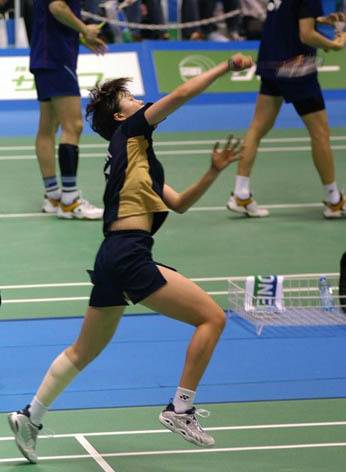
Quickly snap your wrist at the moment of impact.
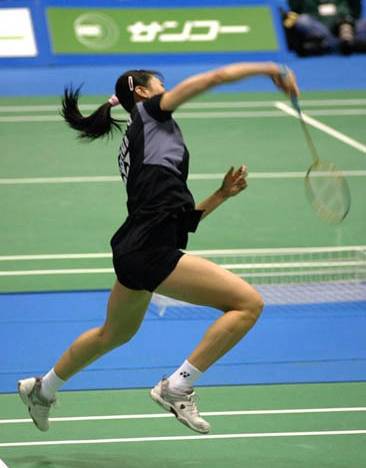
As the body rotates, the right foot pushes off the ground, shifting the center of gravity from the right foot to the left foot.
After hitting the ball, the motion naturally relaxes as the racket swings toward the lower left side of your body—and quickly returns to prepare for the next shot.

2. Overhead Smash (Higher Difficulty)
The overhead smash is the primary offensive weapon for amateur players in the backcourt on the backhand side, effectively compensating for the inherent lack of power in backhand shots.
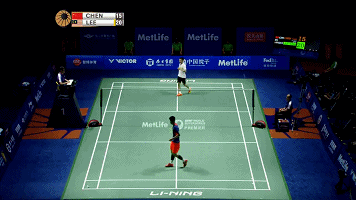
The preparatory stance and the hitting motion for a smashes overhead are essentially the same as those used for high, deep shots played overhead. The key difference lies in fully engaging your core and abdominal muscles during the swing, using your forearms and upper arms to rapidly snap your wrist downward.
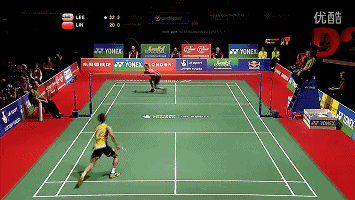
When hitting a straight-line shot overhead, swing the racket toward the opposite side of your body.
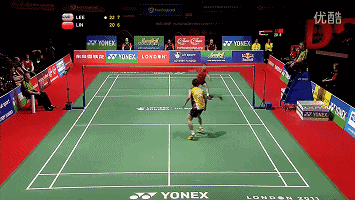
When hitting a cross-court shot, swing the racket overhead toward the same side as your dominant hand.
Topspin shots have their challenges:
First, because the impact point of many shots is too far back, it becomes difficult to control the landing spot when hitting with a backward swing. Second, after executing a powerful smash, it’s challenging to return to the ready position, as the center of balance for smashes in the overhead area tends to shift backward—making it less efficient for the next shot.
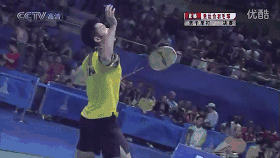
3. Smashing Shot (High demand for explosive power)
This drop shot primarily targets positions that can be reached with a single-step jump, allowing players to swiftly intercept the opponent and leave them with minimal time to react. It demands high levels of explosive power from the body in an instant.

Turn sideways, step back with your right leg, and prepare to jump.
When hitting the ball, the forearm swings upward at full speed, while the wrist extends backward and then internally rotates through pronation to flex and draw inward—simultaneously, the player firmly grips the racket, applying a snap of the wrist to generate explosive power, delivering a high-speed downward strike, typically executed as a drop shot.
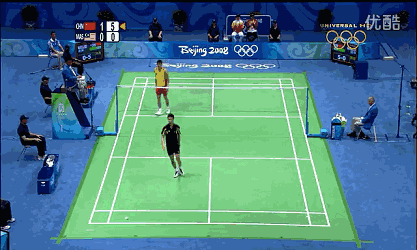
After the smash, land on your right foot on the right side, bending your knees to absorb the impact while keeping your weight centered over your right foot. Once your right foot touches down on the right side, use your left foot to push off and quickly return to the center position. The real challenge of the smash technique lies in its high demand for explosive power—particularly the wrist snap required for a precise, powerful finish—making it suited only for a very small number of players with exceptional natural talent.
4. Double-footed smash (the hardest to learn)
The key difference between the two-footed smash technique and the stationary smash lies in the additional movement of both feet in the former, allowing for a higher hitting point and thus enabling players to target a much wider area on the court.

From a holistic movement perspective, executing the two-footed smash technique involves a distinct body posture during takeoff, airborne phase, and landing. Therefore, mastering the precise execution of aerial maneuvers is the true essence of the two-footed jump smash.
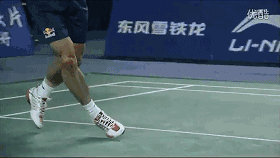
After getting into position, bend your knees to lower your center of gravity and prepare to build up momentum for the jump.
When initiating the sideways jump, lift your shoulder upward and to the right, guiding the upper arm, forearm, and racket upward to help propel your body off the ground. After takeoff, lean back while arching your chest into a reverse curve. Next, swing your right upper arm diagonally backward and upward, allowing the forearm to follow naturally in a backward motion, with the wrist extending fully. The forearm then drives the racket in an upward-to-backward-downward arc. At this point, maintain a relaxed grip on the racket. Finally, as you rotate mid-air and draw your abdomen inward, let the right upper arm swing swiftly upward and to the right, with the elbow leading the way. The forearm completes its powerful upward motion, rapidly propelling the racket forward in a fluid, dynamic stroke.
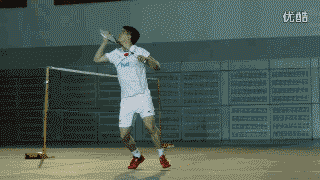
The challenges of jumping with both feet:
First, the timing and height of the jump; second, control of the swing-and-hit motion in mid-air; third, the amount of power derived from body strength.


Related Articles

Lee Chong Wei greets the New Year with his entire family! Three years after his recovery, he’s lost so much weight it’s heartbreaking—his third son is already two months old.
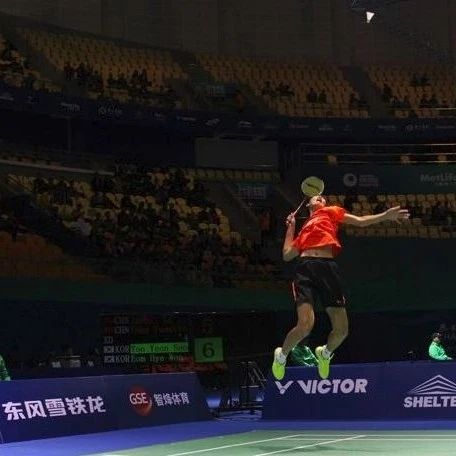
Experts knock you out with one pull—because you didn’t read this article!
